Trending
Opinion: How will Project 2025 impact game developers?
The Heritage Foundation's manifesto for the possible next administration could do great harm to many, including large portions of the game development community.

Featured Blog | This community-written post highlights the best of what the game industry has to offer. Read more like it on the Game Developer Blogs or learn how to Submit Your Own Blog Post
Are you a hobbyist, part-time worker or student making a game on the sideline? In this article I go through some of the benefits and downsides of part-time game development, what this does to your game project and how to work with its limitations.

Over the past two years, I worked on a mobile puzzle game together with my two partners in crime, Timo van Hugten and Marc Peyré. It’s been quite the journey, which ended at the iOS App Store where we landed in the Best New Game section on May 14. During these same two years, I was also a student of game design and production at the NHTV in Breda, The Netherlands, learning all about the thought-process, production and development of games in all sorts of smaller and bigger projects.
While juggling this education and said commercial game project called With the Wind, I have learned a few things about managing my time, keeping our motivation, planning the project and about the beneficial aspects of part-time development to a game. Whether you’re working a fulltime job with game development as a hobby in the evenings, or spend your days doing client projects to keep your company running, or you’re simply a student like me: the following perks and pitfalls I discovered might be of use to you.
During the first year of our education, the three of us set out to develop a commercial mobile game, actually release it and, later on, aim it towards Apple’s App Store feature spots. This was never going to be a small ‘flash’ game full of ads and iAPs – instead, we were determined to build a beautiful, large premium game that was simple in essence.
In the game, players complete dozens of puzzles using the power of wind: when you swipe, you move a character through a maze-like level, who conveniently always has the wind at her back. The game also features an extensive level editor which allows players to design, build and share their own creations. In the end, the game was about 7-10 hours long for most of the external testers, excluding the level editor.
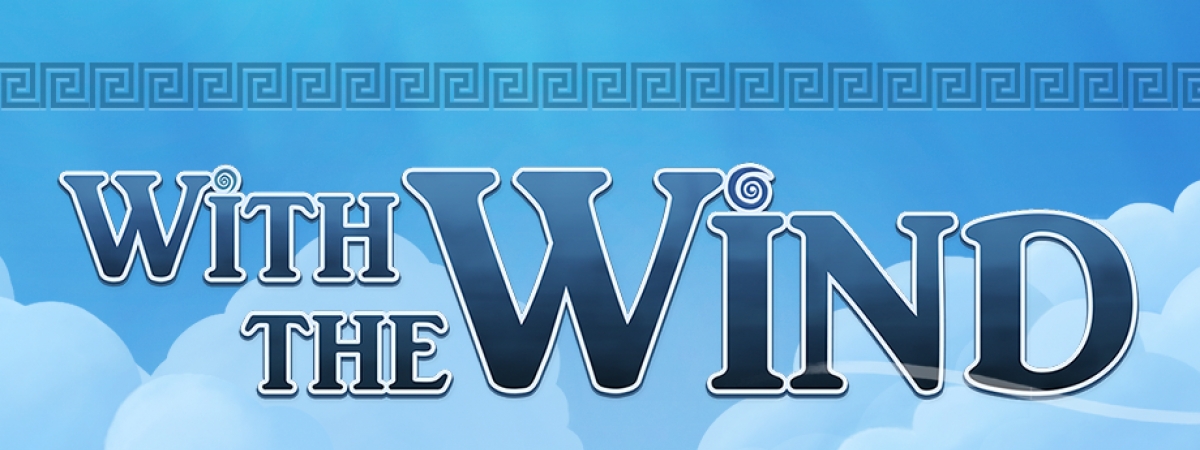
As said, we spent around two years developing With the Wind. Some periods we had a lot of time, some we had none at all due to, in our case, exams. Although we never kept track of our exact working hours, our educated guesses land at about 500-600 hours of development per capita over the course of those two years.
Starting off with the perks we found, I consciously want to motivate others in the same position as me (part-time developers) to go the extra mile and chase your development dreams. The following 8 points are assembled in the form of a post-mortem, specifically focussing on the time distribution method during development.

Iterations, iterations, iterations. Of course, you iterate during a full-time project, but the part-time nature of With the Wind’s development has taught me how valuable it can be to let ideas and creations sink in for a while.
I believe that, especially for a puzzle game, ideas can get better over time. Some changes would have been extremely different if we had not let them hang around. To give an example, the puzzles of With the Wind required a certain amount of inspiration, given that I wanted them all to be new and unique, stemming from a certain spatial organization or general idea.
If I were to do this fulltime, I would have probably kept the ~30 puzzles I later threw out because I deemed them insufficient according to those requirements. Leaving the puzzles be for a while and looking at them later, with a fresh mind, has allowed me to create a better batch of puzzles with a smooth learning curve throughout. This is a luxury not always available in a fulltime development cycle with tighter deadlines.
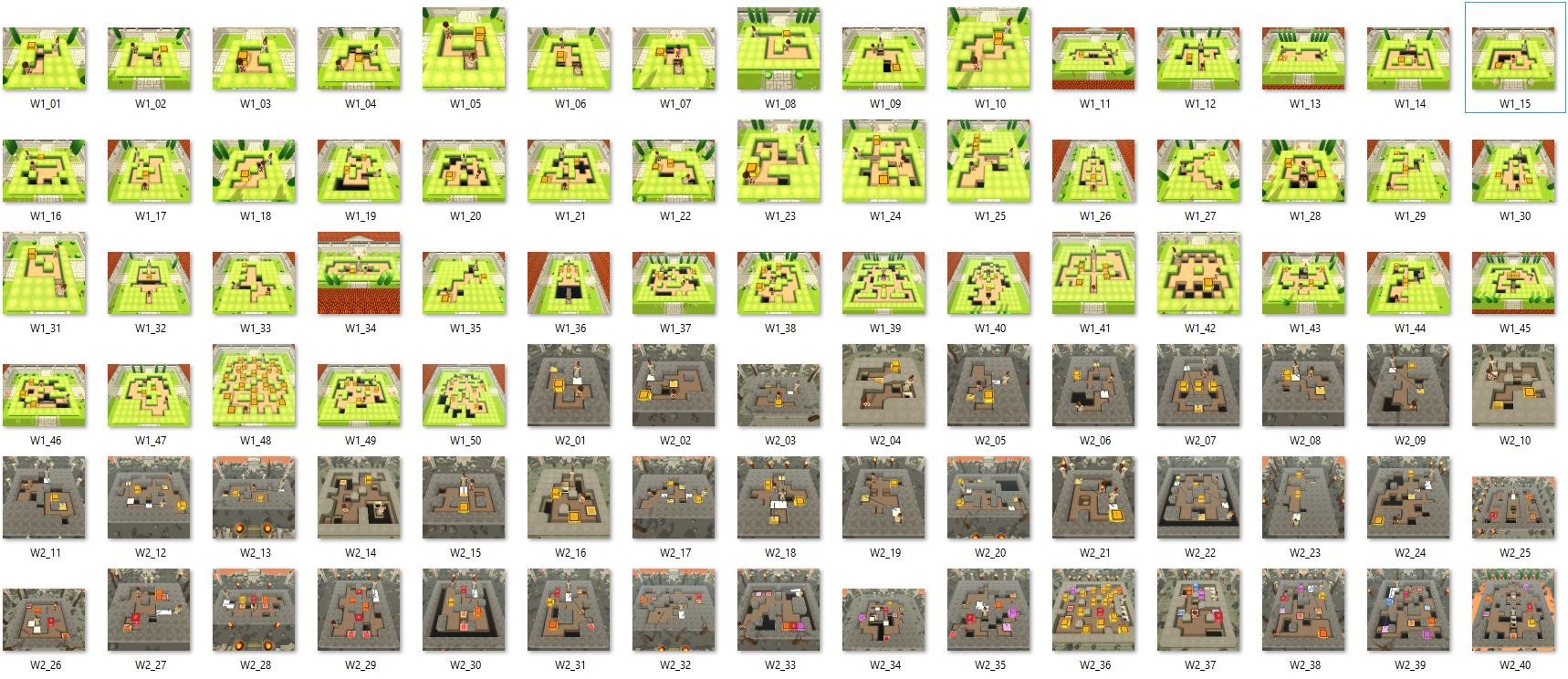
In other words, there is a lot of room for iteration and for your ideas to grow, especially when you give yourself the time to let it all sink in. When you're done, you can amaze yourself over and over again with what you were able to accomplish in two years, and how your ideas developed.
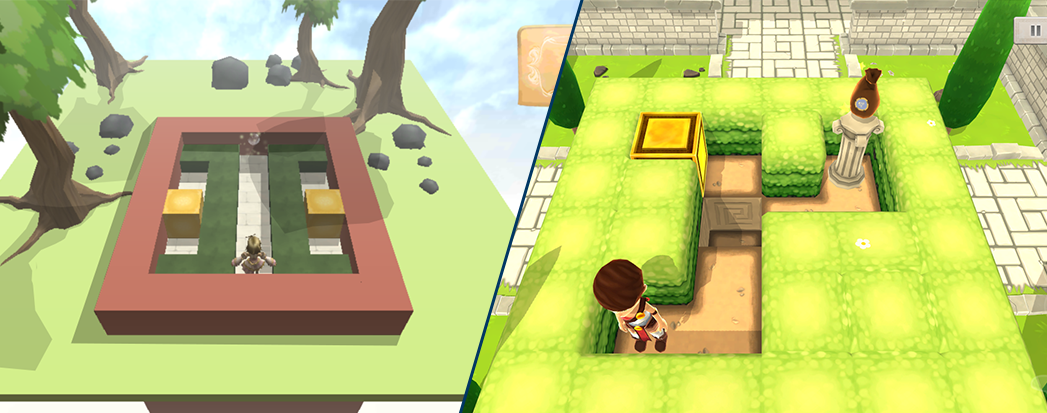
In the end, there’s no publisher, superior department, supervisor or lecturer looking over your shoulder, attempting to keep you on schedule. This is a freedom that, when utilized correctly, can definitely save you from stress, crunch or even messing up your work while in a hurry. It can make you put more love into the project, because you’re not dealing with external desires and requirements from others.
In the end, you don’t have to make it, while any effort put into it is beneficial for your growth, portfolio and experience.
Whatever you make, however long you spend on it, it will make you a better game developer. In our school endeavors, projects usually ended somewhere in the middle of production – that’s perfectly fine too, but the stages of polishing and releasing are often left behind because of time pressure or the focus of some particular assignment.
If you love prototyping and concepting, definitely do that. But also sometimes try to go beyond that phase, and develop one of your prototypes further, even if you’re just doing it as a hobby. Combine these first three tips, and you can get a great, mid-sized project that teaches you so much more than just game development – it teaches you how to talk about your games, how to fit a game to an audience’s need, to design for accessibility, and much more.
If you’re a student like me, a commercial project can really benefit your portfolio page. It shows that you’re both actively involved in all the aspects of game design and development, as well as that you’re serious about what you’re doing.
This is an almost overused mantra, but nevertheless very true. Although a long-standing marketing plan is obviously possible in full-time development, I write this perk because I have seen and experienced how marketing efforts of (especially part-time) indie developers can sometimes fall behind.
However, working on a project for so long, even if it is in chunks sometimes, allows you to build a story around your game: of how it was conceived and how you pull through during development. Again, not unique to part-time development, but indie studios sometimes don’t find the time in full-time development because their budget is scarce. Having a segmented development cycle gives you some breathing space in between, perfect for sharing what you worked on or will be working on.
Embrace this perk as much as you can and share all your efforts, however small, with the community. Everyone loves seeing a game being built, especially on Twitter (#gamedev!).

Unfortunately, part-time development can also sincerely hurt your project, planning and personal goals. The following points describe these pitfalls, in addition to proposing solutions or tips to mitigate the risks of that happening.
Your working hours are scrambled, there’s little structure to what you’re doing. Of course you have tasks lists, maybe even a planning, but prioritizing and actually keeping to the planning can prove the biggest enemy of part-time development. Especially considering the second perk: there is no external pressure.
If you are working in a team, consider using basic planning structures that do foster this dynamic and scrambled way of working. For us, it took a while before we had a planning method that worked. We tried scrum (http://scrumy.com is a good tool for small-scale projects), but the lack of dates and prioritizing made us switch to an online Google Sheet, where we could add whatever information we wanted. Our final list was about 600 tasks long, where we used conditional formatting to keep track of what was done and added notes wherever important.
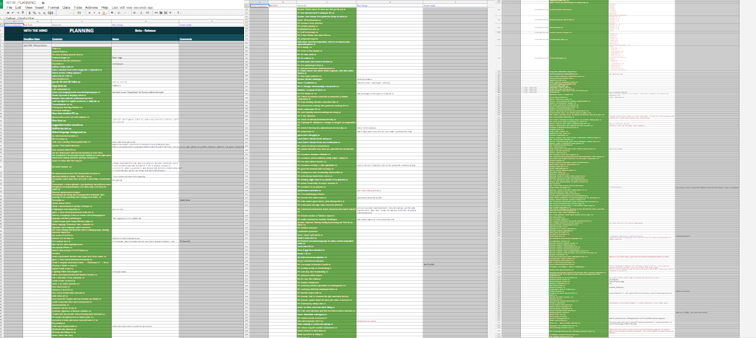
A way to work around this issue is to externalize the project as much as possible – find an audience that is waiting for the game, or maybe only seems to be waiting for it, and you will feel a responsibility to work on the project and finish it. For us, contacting a higher power (Apple) also really helped pressurizing ourselves to get a deadline and stick to it, even though we knew the deadline was ‘not real’, or rather without consequences.
At some point in the last months of development, we had to revise the player movement. However, this was still as old as the first prototype, made in Unity 3.x.x. During that time, we never considered systems like Mecanim (Unity’s animation system) when building it. For a certain new mechanic to work properly, we had to use Mecanim, and for that we had to revise the old player script, which was done almost two years earlier - this, of course, can be tough to dig into.
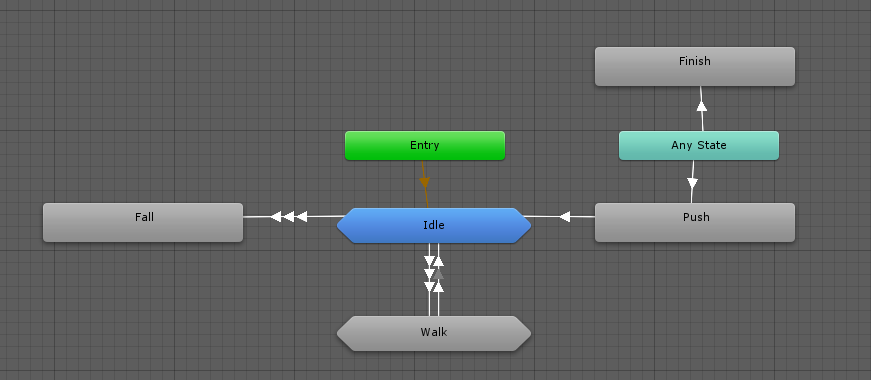
Another example is the release of Unity 5, which literally happened 10 days before our big Release Candidate milestone that we would send off to Apple. We decided to go for it, because we had no choice – it fixed a certain feature we really needed for our game to run properly. It was a minor setback, luckily, but because of the custom shader we use, we had to re-assign all materials and textures.
Enough said: comment your code, make notes on big changes you are performing. When working on something for over two years, the tools and technologies you’re using will update, transform or sometimes even be deprecated. Be aware of this and make sure there’s some room in your planning for these issues. Use prefabs, keep everything dynamic, because you don’t know what will happen externally.
One thing I often get asked about, also during presentations on this topic, relates to one of the bigger issues in (indie) game development in general: keeping your motivation, not being tempted into throwing it all away and starting something new. Because, let’s face it, the start of a project is always more fun than polishing, editing and finishing it up.
And that last part is certainly true. For us, it was really hard too at times to finish up the ‘boring’ bits, write those last lines of silly code, test those final puzzles once more and get rid of the seam on that bush texture. It’s a necessary evil, one that is nonetheless very rewarding when it’s done. But how do you refrain yourself from not starting a new project, trying out some new crazy ideas?
I suppose there is no real formula for this. When developing part-time, there are times in which you are going to be too busy with other work, but also times where you just do not feel like developing that much. In those times, I suggest you do not work (too much) on the project, if time allows it – don’t fool yourself, because you will only lose more motivation.
Another tip is to make sure you always have a variety of things to do. I myself was concerned with puzzle design (90+ puzzles), but also UI design – two things I could balance out, so that I would jump to the one when I wasn't necessarily excited for the other.
Of course, there’s a list of tasks that needs to be completed, and sometimes there’s no other option but to just work on a ‘boring’ feature, but in general: refrain from doing tasks you don’t feel like and look for another task to do when it happens – again, if time and money allows this.
One last pitfall of part-time development is related to the often addressed marketing momentum (keeping your game in people's radars) that is so important to consider. Especially without a budget or a reputation (like us), this marketing momentum can be hard to maintain. You need to periodically get people’s attention to retain that story about your game, using the means available to you. Otherwise, you’ll get the classic tumbleweed in the fields of your game’s glory.
As I said earlier, keeping people posted via Twitter and Facebook is always a good idea. If you can, set specific moments in your messy planning to do this – I would have done that it if I knew. What we also discovered is that it is mostly the last few weeks/months that really matter – people will forget if you cannot direct them to something they can actively involve themselves in. An example of this was us being at the very first Dutch Comic Con, where we had hundreds of players – however, this was about two weeks before release. We don’t have the numbers, but I doubt a lot of them remembered our release date (even though we threw flyers in their faces) and downloaded the game. In other words, nobody will remember your game for two years in a row, probably.
Lastly, there is something I would like to suggest to all indie developers targeting iOS. We got the advice to contact Apple, in order to make sure they were aware of our existence. This worked out really well. They gave us tips to make the most out of the game, and more specifically: how to aim for the desired featured spot in the App Store. Ultimately, we landed a spot, and we believe the contact we sought really helped with this. It’s a more official way of releasing on iOS – don’t forget that Apple is your distributor.
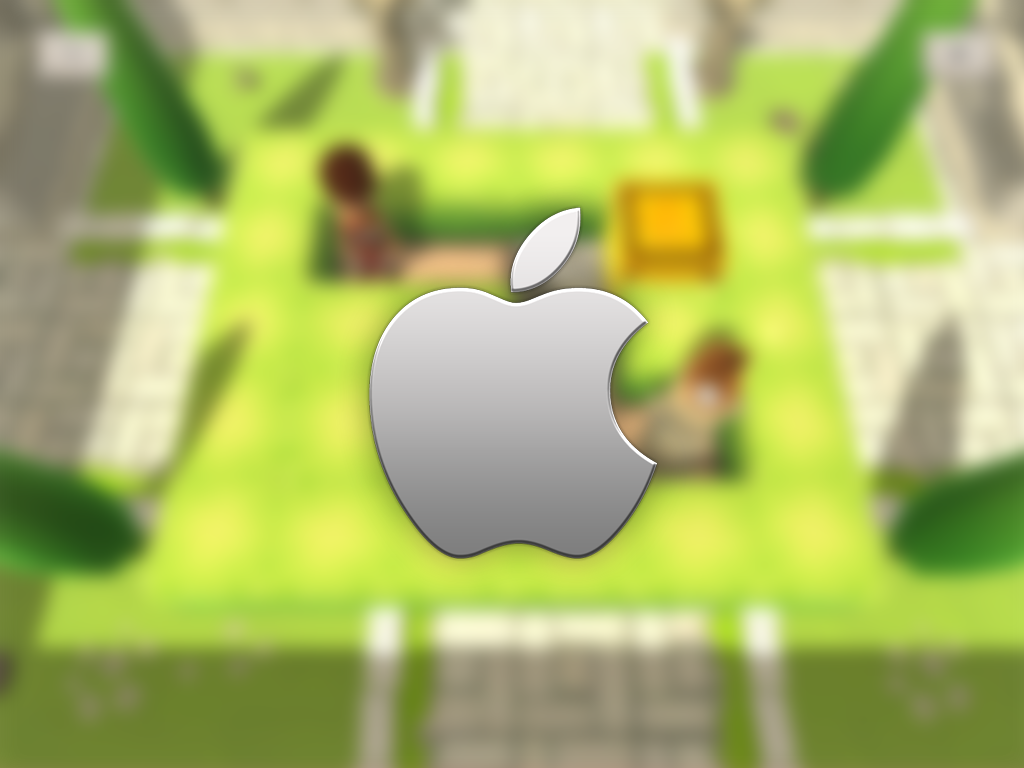
In more general terms, this way of marketing is applicable to part-time development: if you do not have the resources for a full, long-standing marketing plan, make sure you find ‘shortcuts’ to find your audience with little time and money spent.

After realizing all of this, it was pretty late into the project, which is why I share it with anyone who has similar ambitions. Perhaps these perks and pitfalls can help you in releasing an awesome game you are truly proud of. Is it stressful? Absolutely, you’re working two jobs and you want it all to be perfect. Is it worth it? Oh yes, absolutely.
You can view With the Wind at http://withthewindgame.com. My own portfolio can be found at http://mvdlaar.com, and following me on Twitter is done @Matthijz. I’m open to all comments! Good luck with your awesome future endeavors.
Read more about:
Featured BlogsYou May Also Like